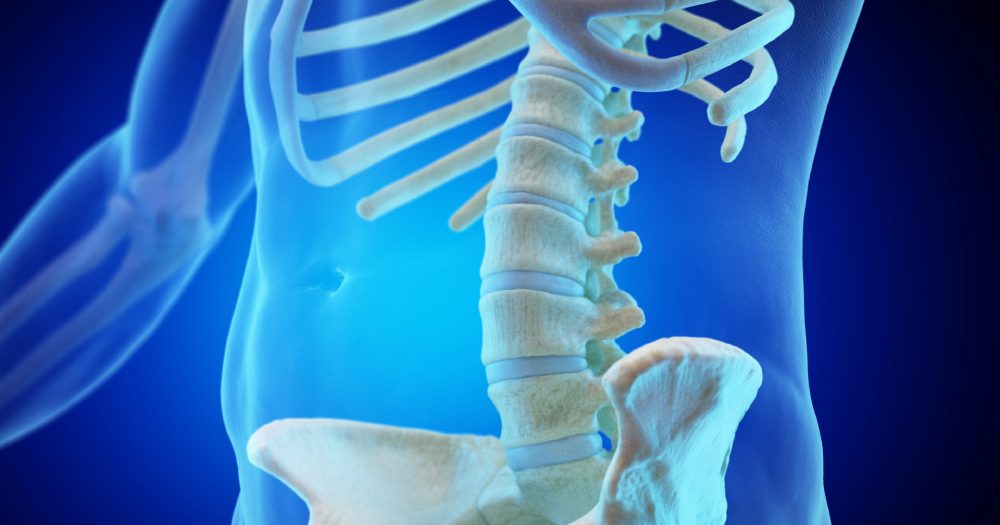Gene therapy could one day relieve back pain and repair damaged discs

Disc-related back pain may one day be a thing of the past, with gene therapy delivered by naturally derived nanocarriers being able to repair damaged discs in the spine and lower the pain symptoms. At least, that's what scientists from the Ohio State University managed to accomplish in mice.
How does it work?
The procedure of relieving back pain and repairing damaged discs in mice involved the use of nanocarriers loaded with DNA. These nanocarriers are engineered from connective-tissue cells, loaded with genetic material for a protein essential for tissue development. Injected into damaged discs, the therapy restored structural integrity and function to degenerated discs and reduced back pain symptoms over a 12-week period.
"We have this unique strategy that's able to both regenerate tissue and inhibit some symptoms of pain," said Devina Purmessur Walter, an associate professor of biomedical engineering at the Ohio State University.
The nanocarriers, called extracellular vesicles, are replicas of natural vesicles that carry messages between cells. Created by applying an electrical charge to a donor cell, these vesicles are loaded with DNA that produces a protein, FOXF1, crucial for tissue growth. This approach recapitulates development by boosting the cells back to their healthiest state.
Why does it matter?
This innovative gene therapy could provide a long-lasting alternative to opioids for managing debilitating back pain. Current treatments, such as surgery to remove bulging disc tissue, do not repair the disc itself and can lead to further degeneration.
"Once you take a piece away, the tissue decompresses like a flat tire," Purmessur Walter explained. By using gene therapy to regenerate the disc tissue, the disease process can be halted, preserving the disc's function and preventing further damage.
The potential to use this therapy during surgery to enhance disc healing is significant.
"Your own cells are actually doing the work and going back to a healthy state," said Natalia Higuita-Castro, an associate professor of biomedical engineering and neurological surgery at Ohio State.
The therapy could function as a one-time treatment, providing ongoing benefits without the need for repeated doses.
The context
Low-back pain is a prevalent issue, with an estimated 40% of cases attributed to the degeneration of intervertebral discs. Traditional treatments often fall short of repairing the disc, leading to chronic pain and disability.
This study, published in the journal Biomaterials, builds on previous work in Higuita-Castro's lab that showed nanocarriers could curb tissue injury in damaged mouse lungs. The success of this approach in treating back pain highlights the potential for gene therapy to revolutionize the management of musculoskeletal disorders.
Ohio State has filed a patent application for this nonviral gene therapy approach, highlighting its potential to transform treatments for painful musculoskeletal disorders.
💡Did you know?
You can take your DHArab experience to the next level with our Premium Membership.👉 Click here to learn more
🛠️Featured tool
 Easy-Peasy
Easy-Peasy
An all-in-one AI tool offering the ability to build no-code AI Bots, create articles & social media posts, convert text into natural speech in 40+ languages, create and edit images, generate videos, and more.
👉 Click here to learn more


